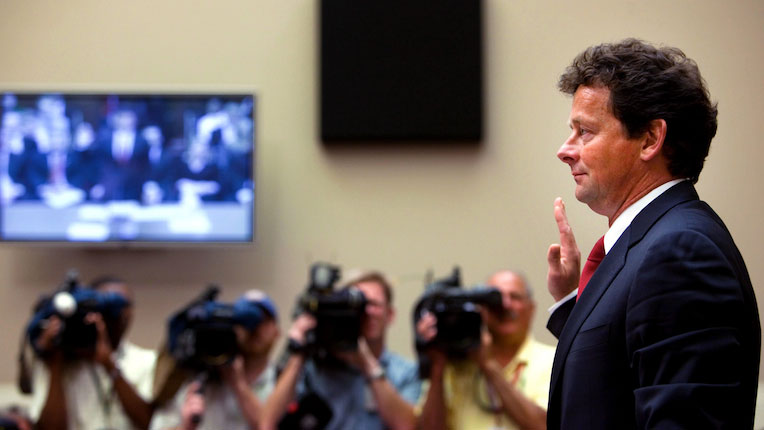BP's Role

Under federal plans, the usual procedure is for the federal government to supervise response actions that the responsible party carries and out funds. In the aftermath of the Deepwater Horizon, BP and the federal government were co-combatants in the fight against the oil, a situation that created some confusion.
Most government responders had a BP counterpart. BP employees were scattered through the command structure, in roles ranging from waste management to environmental assessment. Sometimes, a BP employee supervised Coast Guard or other federal responders. Though willing to fund and carry out the response, BP had no available, tested technique to stop a deepwater blowout other than the months-long process of drilling a relief well. Within a week of the explosion, BP embarked on what would become a massive effort to generate containment options, either by adapting shallow-water technology to the deepwater environment, or by designing entirely new devices. BP's oil-spill response plan for the Gulf of Mexico claimed that response vessels provided by the Marine Spill Response Corporation and other private oil-spill removal organizations could recover nearly 500,000 barrels of oil per day (nearly ten times higher than the highest estimates for the flow from the Macondo well ). Despite these claims, the oil-spill removal organizations were quickly outmatched.
